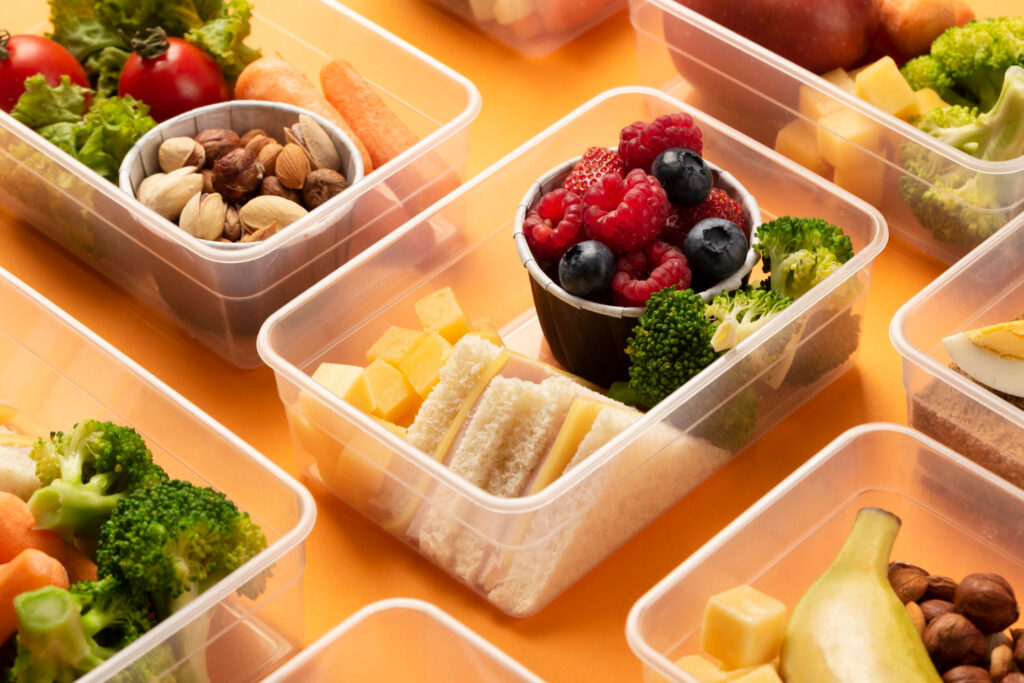With sustainability becoming more of a focus in food service businesses, pressure to adopt practices that reduce waste and environmental impacts is mounting. One area in which restaurants can make an impactful statement about sustainability through packaging decisions: many use disposable to-go food containers which contribute significantly to waste accumulation. This growing concern from eco-conscious customers calls on businesses to offer eco-friendly packaging that still maintains food quality while meeting customer demand for eco-friendly options.
The Environmental Effects of Disposable Packaging
Food industries generate considerable waste through disposable packaging; though much of it consists of materials like plastic or foam which take centuries to break down and end up polluting our landfills and oceans with their contents causing wildlife harm and contributing to pollution problems – adding further insult to this environmental crisis. Restaurants, fast food chains, and cafes that heavily rely on disposable containers quickly find themselves contributing to it all too.
Environmental costs imposed by non-biodegradable packaging can be high and, on the rise, particularly food packaging waste, which makes up one of the leading sources. Consumers increasingly value brands that support sustainability; if your brand hasn’t considered its environmental footprint yet, you could miss an opportunity to connect with an expanding base of eco-aware customers who value such packaging solutions.
Practical Steps Restaurants Can Take to Reduce Waste
Transitioning to greener alternatives may seem overwhelming, but you can take several practical steps that will reduce waste in your restaurant. Step one should be to assess existing packaging options and identify where changes could be implemented.
One of the easiest and simplest changes you can make to improve sustainability in food packaging is switching to sustainable packaging options like biodegradable containers, compostable wraps, or products made with recycled material – these sustainable options often can replace traditional plastic containers without impacting the quality or safety of products.
As an example, biodegradable containers work great for salads and sandwiches while compostable packaging may work better with wraps or baked goods. The key is finding sustainable packaging options that suit both your menu and maintain quality food products; you could start by replacing some of your most frequently used disposable food containers with eco-friendly alternatives, gradually expanding as you experiment with various materials.
Reusable container programs can also help businesses reduce waste. Such an initiative might involve encouraging customers to bring in their containers for takeout orders or offering discounts to those bringing reusable packaging – although upfront costs might seem steep, its long-term environmental advantages and customer loyalty potential make this a worthwhile investment.
Addressing the Challenges of Sustainable Packaging
While sustainable packaging provides many advantages, its implementation may present numerous obstacles. One key roadblock that restaurants face when transitioning is cost. Although sustainable containers tend to cost more than conventional plastic or foam containers, viewing this expense as a long-term investment is essential as many eco-friendly choices tend to last longer, meaning less frequent replacement.
Finding packaging that balances sustainability with practicality is often a struggle. Disposable to-go food containers are designed to keep food fresh and leakproof, yet some sustainable options might not last as long as usual. When transitioning towards greener alternatives products tested must meet food safety and quality criteria before gradually replacing traditional with sustainable options to minimize disruption while decreasing environmental impacts.
Communicating the Change to Customers
It is critical that when making adjustments to your restaurant packaging, these updates are communicated to all your customers. While most may appreciate your efforts to decrease waste and protect the environment, others could be unfamiliar with sustainable packaging and its advantages.
One way of keeping customers informed about why and how you’re transitioning to eco-friendly packaging is posting signs in-store that explain this decision and sharing updates via your website, social media platforms, and email newsletter. Furthermore, offering training courses to staff members ensures they can explain its benefits to customers effectively.
Conclusion
Implementing more eco-friendly packaging options in restaurants is an effective way for them to reduce waste and create a sustainable future. When opting for sustainable food packaging options, not only are you helping the planet but also appealing to a growing market of consumers who value environmentally friendly practices. While transitioning can present its own set of challenges, long-term advantages far outweigh initial expenses.






